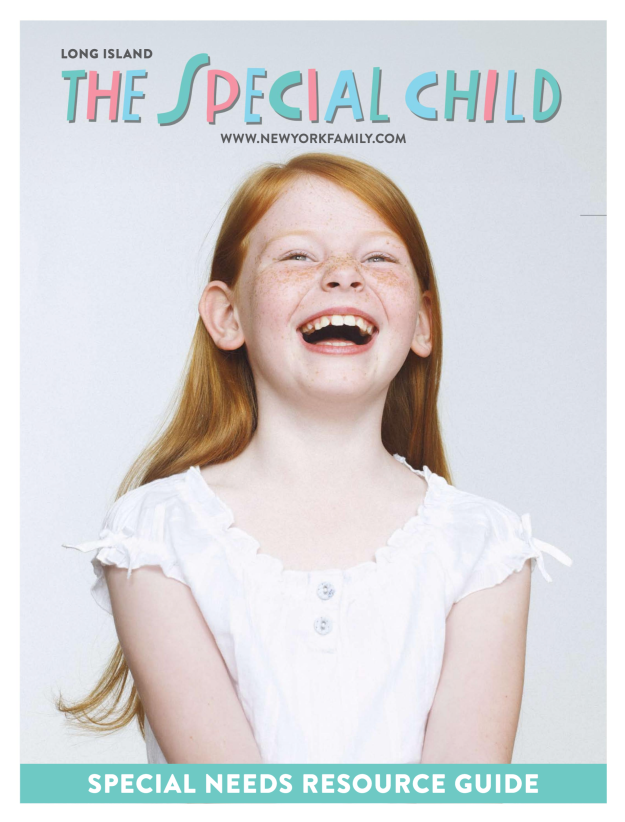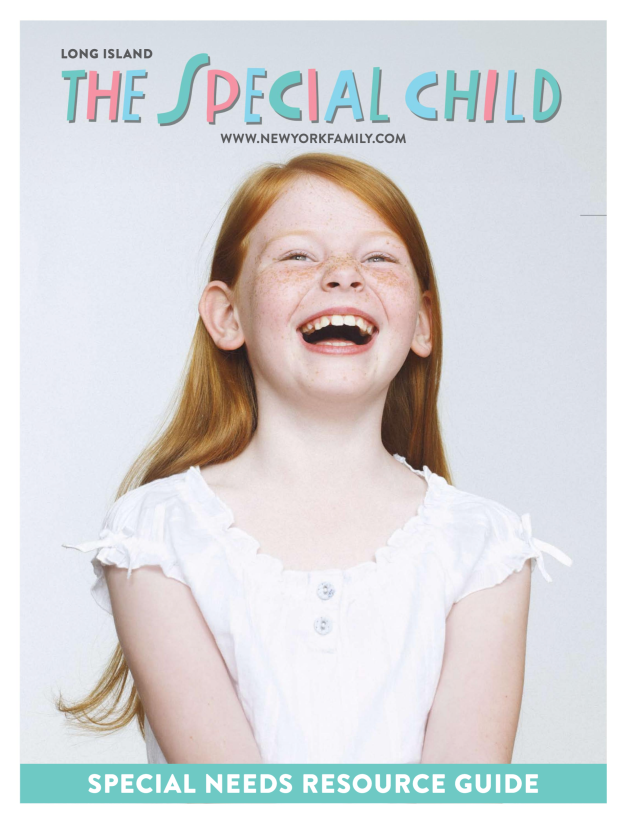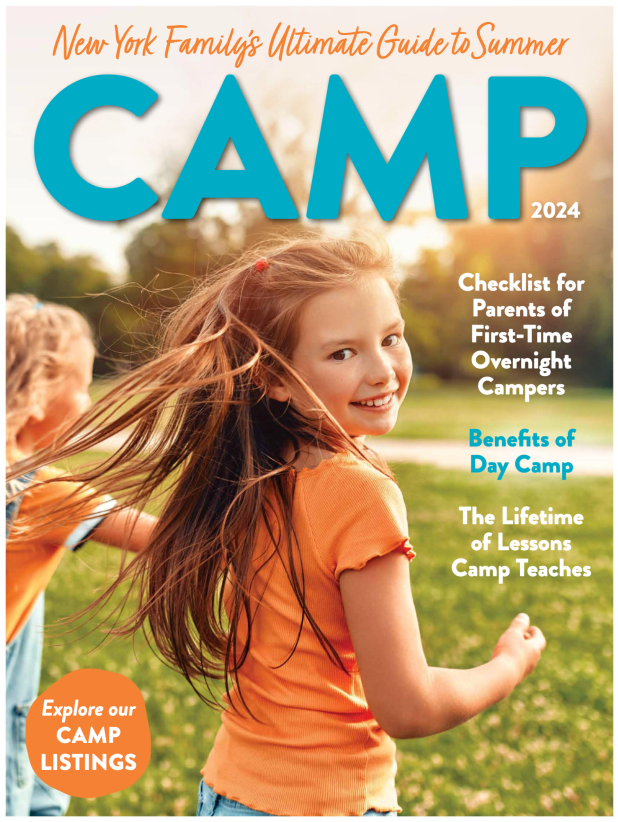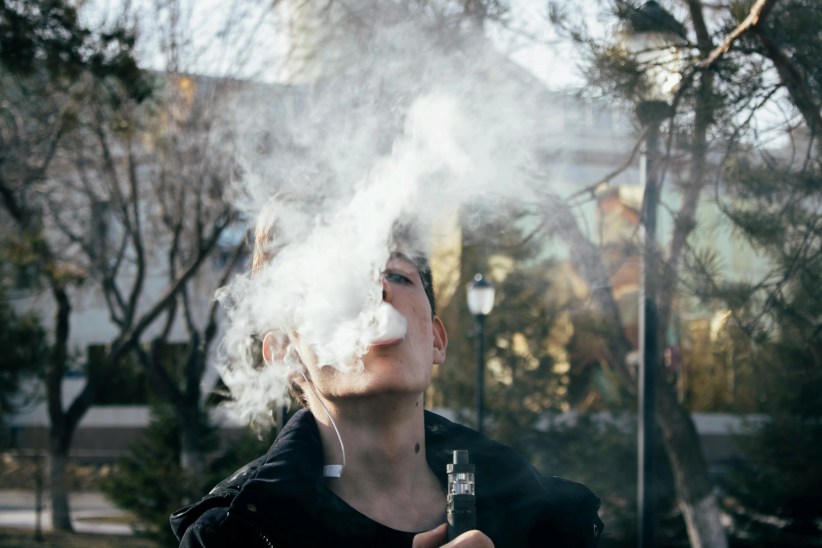My family and I just returned from a ski trip. Although the weather seemed nice, the ski patrol warned us about frostbite. Does frostbite occur that easily?
Frostbite is one of the hazards of winter recreation, and it occurs when the skin or extremities are exposed to extremely cold temperatures, resulting in frozen body tissue. Children are particularly susceptible to frostbite. It can happen quickly, and sometimes early indications of frostbite are mistaken for the discomfort associated with exposure to the cold. Frostbite, however, can cause permanent damage and, in severe cases, amputation.
The first sign of frostbite is extreme redness, followed by a loss of feeling and color in the affected area. Frostbite usually shows up on the extremities — including the nose, ears, cheeks, chin, fingers, or toes. It’s important, at first signs of redness or pain, that children get out of the cold or protect any exposed skin.
If your kids have been out in the cold and you suspect symptoms of frostbite, it’s crucial to seek emergency medical care immediately. Immediately remove cold and wet clothing before dressing the child in something that is loose, warm, and dry. Hypothermia, a potentially life-threatening drop in body temperature, often goes hand-in-hand with frostbite. Trained medical personnel will be able to watch for hypothermia as well as treat frostbite.
A common misconception associated with frostbite treatment is to massage or rub snow over the exposed skin, but this will actually cause additional damage. Avoid using heating pads, heat lamps, or the heat of stoves, fireplaces, or radiators for warming. The affected skin is most likely numb, so it can be easily burned.
The treatments for frostbite vary based on the depth of the tissue injury. Mild cases that affect a superficial area of the skin can simply be treated with first aid by placing the area in warm water before drying it carefully and applying a light dressing. Elevating the child’s limb with cushions or a sling will also help to reduce swelling. More severe cases of frostbite require medical attention and can be treated a number of ways — including removal of damaged tissue, hydrotherapy (a whirlpool bath), and prescription drugs to fight infection and break up blood clots. Studies of people with severe frostbite show that intravenous injection of tissue plasminogen activator lowers the risk of amputation.
Dressing appropriately for outdoor activity is the best way to prevent frostbite. Make sure children wear a scarf or knit mask to cover the face and mouth, and goggles if they’re skiing or snowboarding. Coats should have sleeves that are snug at the wrist. Mittens are preferable to gloves, because they allow heat from fingers to be distributed more effectively. Staying dry is also important, because dampness or excess perspiration increases heat loss; therefore, during activities where a child is exposed to snow, a waterproof parka or jacket is important. Layering several light fabrics such as wool, silk, or polypropylene retains more body heat than one heavy layer of cotton.
Finally, do not ignore it if your child is shivering. It’s an important first sign that the body is losing heat. Persistent shivering is the body’s way of saying it’s time to take a break from wintry weather and head back indoors.























